
The Cultural Meaning of Coffee in South American Communities
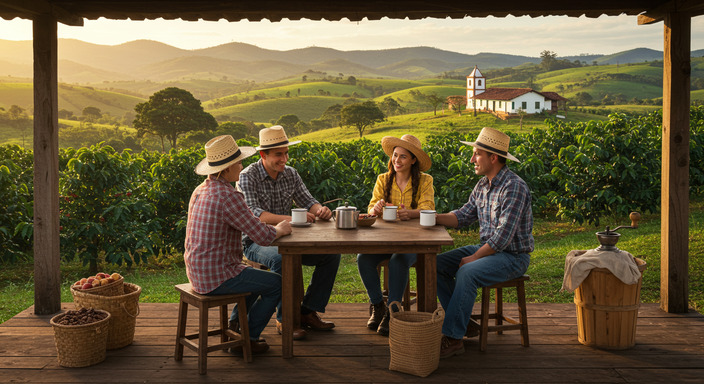
Table of Contents
ToggleCoffee is far more than a morning ritual or a caffeine boost in South America. Across the continent, coffee plays a profound role in shaping cultural identity, rural economies, family life, and community traditions. From Colombia to Brazil, from Peru to Ecuador, coffee is not only grown—it’s lived.
This article explores how coffee is deeply embedded in the cultural fabric of South American communities, revealing a rich tapestry of history, pride, storytelling, and resilience.
“In South America, coffee is not just agriculture. It’s ancestry, memory, and community.” – Maria Andrade, cultural anthropologist in Colombia
Coffee as a Way of Life
In many South American countries, particularly Colombia, Brazil, and Peru, coffee farming is a multigenerational tradition. Children grow up helping their parents harvest beans, learning not only about the crop but about patience, cooperation, and pride in hard work.
Coffee is woven into everyday life—from small talk shared over a cup to morning routines that have remained unchanged for generations. It’s also one of the strongest bonds between the land and its people, connecting families not just economically, but emotionally to their soil.
Many rural families rely almost entirely on coffee as their main source of income. Yet, even as global coffee prices fluctuate and industrialization grows, small producers maintain traditional practices that go beyond business—they’re acts of heritage.
Colombia: Coffee as National Identity
Colombia is often the first country that comes to mind when thinking about South American coffee. Known for its high-altitude Arabica beans and lush green plantations, Colombian coffee is world-renowned. But beyond the global recognition lies a deep cultural symbolism.
The character “Juan Valdez” was created in the 1950s to represent the Colombian coffee farmer, or cafetero, putting a face to millions of rural workers. For Colombians, coffee represents hard work, perseverance, and pride. Many families still gather in the early morning to drink tinto—a small, black coffee—served with bread or cheese.
“We grow coffee with our hands, but it’s our hearts that harvest it.” – Juan Esteban Ramírez, Colombian coffee grower
Coffee also plays a role in festivals and community events, such as the Fiesta Nacional del Café, where parades, dances, and traditional clothing celebrate the harvest season and the cultural identity tied to coffee growing.
Brazil: Coffee as Global and Local Power
As the largest coffee producer in the world, Brazil has a massive influence on the global coffee economy. Yet within the country, coffee also plays a unique cultural role.
In Brazil, cafézinho (a small, sweet black coffee) is offered in homes, offices, and even gas stations. It’s a sign of hospitality and warmth, almost like saying, “You’re welcome here.” Offering someone a cafézinho isn’t just about sharing a drink—it’s about creating a moment of connection.
Brazilian coffee culture is relaxed, social, and inclusive. From the city cafes of São Paulo to rural cooperatives in Minas Gerais, coffee brings people together.
Here’s a table comparing how coffee is shared culturally in Colombia vs Brazil:
| Culture Element | Colombia | Brazil |
|---|---|---|
| Coffee Term | Tinto | Cafézinho |
| Social Role | Morning ritual and national pride | Daily hospitality gesture |
| Celebrations | Coffee harvest festivals | Coffee fairs and expos |
| Typical Setting | Rural kitchens, town plazas | Offices, homes, public places |
Peru and Ecuador: Coffee and Indigenous Wisdom
While Peru and Ecuador are less internationally known for their coffee than Colombia and Brazil, their coffee culture is deeply rooted in indigenous knowledge and community harmony with nature.
In the Andean highlands and Amazonian regions, coffee is often grown by indigenous cooperatives that prioritize organic and sustainable farming methods. Here, coffee isn’t just a product—it’s an extension of respect for Pachamama (Mother Earth).
These communities treat coffee cultivation as a sacred act. It’s done without chemicals, often by hand, and timed according to the moon cycles or ancestral calendars. Coffee ceremonies in these regions often include traditional music, storytelling, and gratitude rituals.
“We don’t grow coffee to sell it. We grow coffee to preserve our land and our voice.” – Luz Quispe, Quechua farmer in Peru
Coffee and Social Bonding
Across all South American coffee cultures, one theme remains strong: coffee brings people together. Whether it’s a grandmother teaching her grandchildren how to roast beans, neighbors exchanging stories during harvest, or workers sharing a pot before sunrise—coffee creates spaces for community, conversation, and collective memory.
In many areas, it’s common to serve coffee after meals, especially when guests are present. The act of serving coffee is an offering of respect and welcome, a small but powerful gesture.
Some villages even have coffee circles, where elders gather regularly to drink and share oral histories, passing knowledge from generation to generation.
Challenges and Resilience
Despite the deep cultural value of coffee, many South American coffee communities face serious challenges:
- Price volatility on the international market
- Climate change, affecting crop stability
- Urban migration of young people, leaving fewer family members to maintain farms
However, many communities are responding with resilience—creating cooperatives, turning to specialty and fair-trade markets, and using tourism as a way to share their traditions and generate income.
In Colombia, for example, many small farmers now offer “coffee tourism,” allowing visitors to stay on farms, learn the harvesting process, and understand the cultural significance firsthand.
Coffee in Daily Rituals
Coffee is not just tied to farming and festivals. It is part of daily rituals that blend the sacred and the mundane:
- Morning blessing: Some families offer the first sip to the earth as thanks
- Midday breaks: Workers pause for coffee, often paired with fresh bread or fruit
- Evening sharing: Coffee is served after dinner, encouraging conversation before rest
These routines are often done without much thought, but they shape identity and create consistency in a changing world.
Passing It On: Coffee and Youth
One of the most inspiring trends in South American coffee culture is the renewed interest among young people in preserving the tradition. After decades of migration to cities, many are returning to rural areas, bringing with them new ideas about sustainability, marketing, and storytelling.
Social media platforms are now filled with stories of young Latin American farmers showcasing their harvests, coffee-making techniques, and community life. Through this, coffee becomes not only a heritage but also a tool of innovation and empowerment.
A Symbol That Endures
In South America, coffee is not simply a crop—it’s a language of the soul. It speaks of connection to the land, unity among people, and the passing of tradition from one hand to the next. It holds stories, songs, and shared moments within every bean.
Whether in the quiet of an Andean village or the bustle of a Brazilian street café, coffee offers a pause in time, a moment of reflection, and a bridge between generations.
Perhaps the real richness of South American coffee isn’t in its flavor—but in its spirit.
is an editor at Coffee With Finance and a true coffee enthusiast. He explores roasts, flavors, origins, and brewing methods, sharing stories that captivate both beginners and experts. Petter believes great coffee sparks meaningful moments—and that includes simple, jargon-free talks about personal finance. His content blends aroma, flavor, and insight, making each coffee break an inspiring and enriching experience.















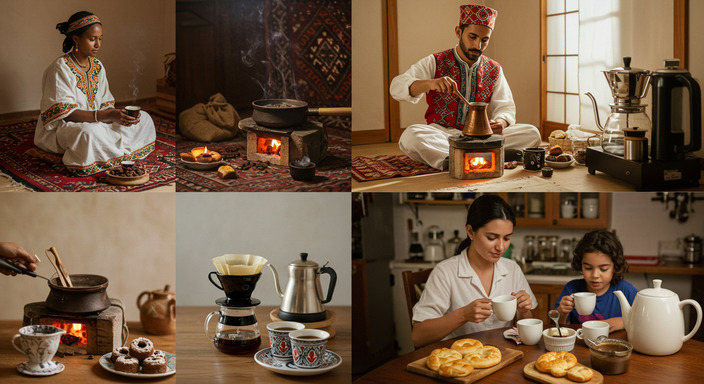

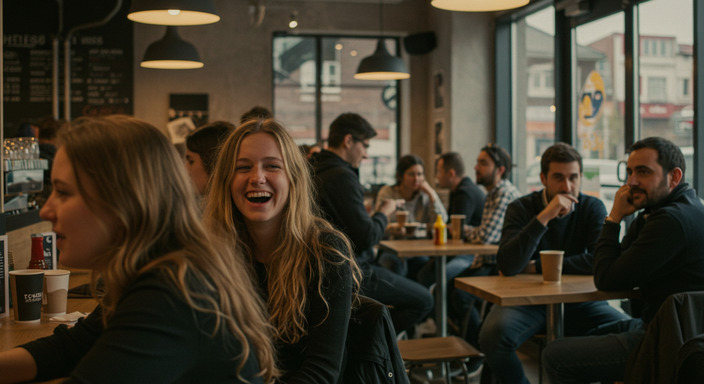
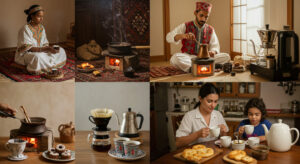



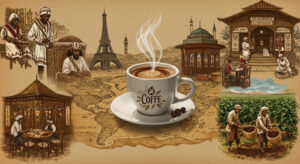





Post Comment